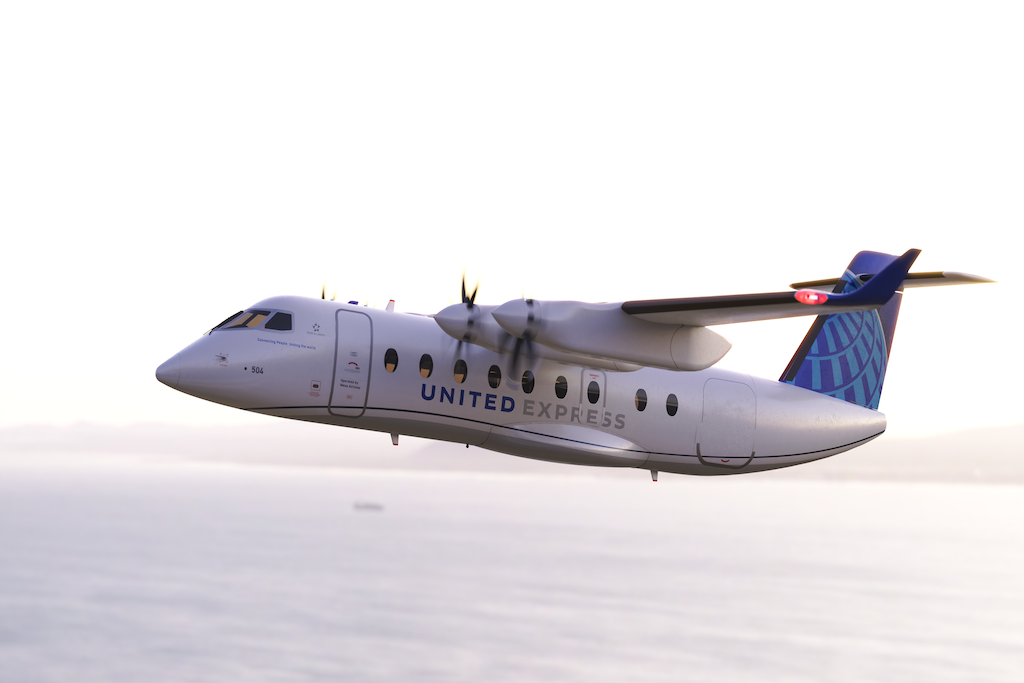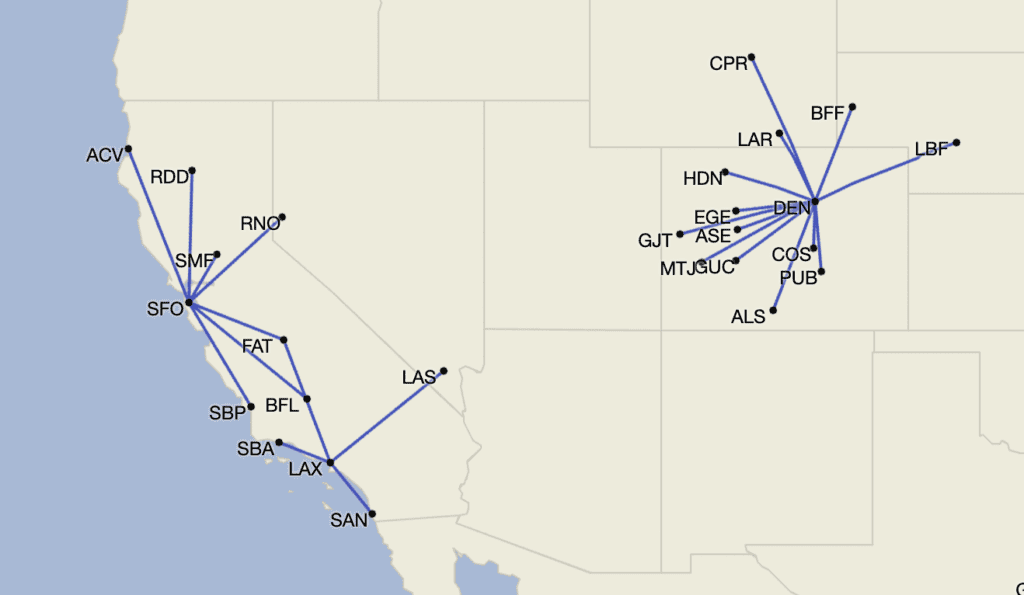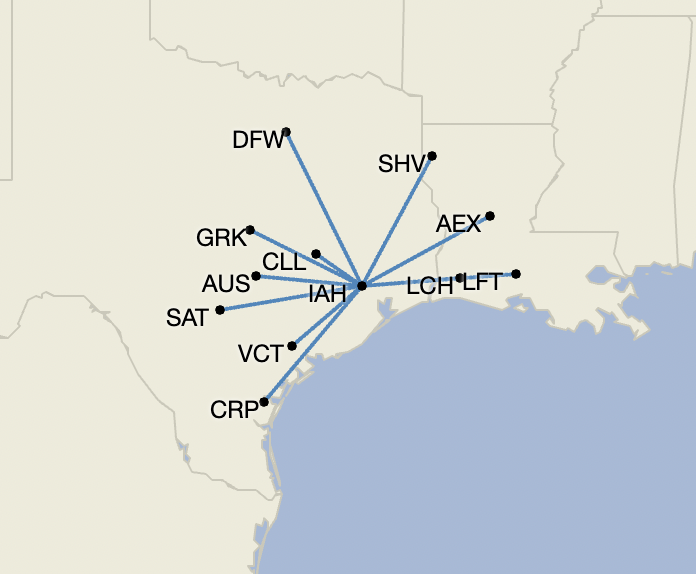United Is Chasing an Elusive Future With a Huge Order for Electric Aircraft

Photo Credit: United and Mesa have ordered 200 electric-powered turboprops from Sweden's Heart Aerospace. Heart Aerospace
United Airlines and regional carrier Mesa Air Group have been making waves with unconventional aircraft orders, and today is no different. The two carriers announced a potential 200-aircraft order with Gothenburg, Sweden-based Heart Aerospace for an electric 19-seat regional aircraft.
It's a big bet that, with the regulatory uncertainty accompanying any new technology, may prove to be more public relations prowess than a realistic future strategy.
If the aircraft does pass regulatory muster, United expects to take 100 of Heart's ES-19 electric turboprops, and Mesa another 100, and Heart says the two have options for another 100. Financial terms of the deal were not disclosed, but Heart said it has raised $35 million in Series A financing from Breakthrough Energy Investors, which includes United Airlines Ventures, Mesa, and a clutch of other investors. The two U.S. airlines say the ES-19 could come to market as soon as 2026. Earlier this year, Finnair signaled it could order as many as 20 ES-19s for short-haul domestic routes but did not specify a timeline for delivery.
Just two weeks ago, United announced the largest aircraft order in its history, for 270 Boeing 737 Max and Airbus A321neos. Along with Mesa, United earlier this year said it would order up to 200 Archer Aviation eVTOL "air taxis," optimized for the last mile of passenger journeys. And United also shook things up in June with its order for up to 50 supersonic long-haul aircraft from Boom. Mesa, similarly, not only has joined forces with United on the Archer and Heart orders, but added its first mainline aircraft, in the form of Boeing 737 freighters it operates for DHL.
Unlike the A321s and 737 Max planes, but like the Boom and Archer aircraft, Heart's ES-19 is based on new, untested technology. The Federal Aviation Administration has not certified any aircraft powered by electric propulsion for commercial flight, making the 2026 entry-into-service target for the ES-19 highly ambitious. Heart's aircraft will be powered by lithium-ion batteries, similar to those found in electric cars, the company says, but driving turboprops. The company demonstrated the feasibility of its concept with a 400 kW demonstrator, Heart says.
United expects all three new aircraft types to join its fleet by the end of the decade, even though all three feature new technologies uncertified by any regulatory agency, and Boom has not yet identified a propulsion unit for its aircraft. But the three aircraft have served to put United on the front pages of newspapers and on the nightly news, earning the airline positive press as it emerges from the depths of the Covid-19 pandemic.
The ES-19 is expected to have a range of 250 miles, which both United and Mesa say will re-connect smaller communities to the national air transport system. United cites the example of flights from its San Francisco hub to Modesto, Calif., a distance of just under 100 miles, as the type of route the ES-19 can serve.
Potential ES-19 Routes From United's Main Hubs



For its part, Mesa notes that 19-seat aircraft served a vital role in connecting smaller cities to the air transport system, and as airlines phased out aircraft of that size, those cities lost their connectivity. Mesa cited the example of Farmington, N.M., where the company was founded, as now having no air service, after once having 30 daily departures to seven cities. (Farmington, however, is 289 miles from Denver but is within range of Albuquerque, which is not a hub for any U.S. carrier.) "Mesa has decades of experience in operating nineteen-seaters, so we do not need to reinvent the wheel," Heart CEO Anders Forslund noted.
The Heart order is of a part of United CEO Scott Kirby's pledge to reduce the airline's greenhouse gas emissions by 2050 without relying on offsets, which the outspoken CEO has dismissed as ineffective. The order also is a part of Kirby's plan to reinvent the carrier "nose-to-tail" for its post-Covid-19 future. "We have to build companies who have real potential to change how industries operate and, in our case, that means investing in companies like Heart Aerospace who are developing a viable electric airliner," said Michael Leskinen, United's vice president of corporate development and investor relations.
With its earlier order for 270 Boeing and Airbus narrowbodies, United said it planned to retire as many as 300 aircraft, including most of its 50-seat regional jets. The ES-19s, if certified and if they join the fleet, could replace many of those 50-seaters on smaller missions, while the carrier will upgauge to mainline jets on other 50-seater routes.
Airline Weekly reporter Edward Russell contributed to this story.
